Learning Center
reading
Clarify purpose versus point of view versus perspective
november 16, 2023
Purpose
The author’s purpose is rooted in why he wrote what he wrote. To help students understand this concept, compare texts on the same topic written for different purposes. Analyze how the information varies as the author’s purpose changes. Introduce the three purposes or reasons authors write. The three reasons are easily remembered with the acronym P.I.E.
P—Authors write to persuade, convince, debate, argue, inspire, motivate, or influence the reader on a topic.
I—Authors write to inform, direct, guide, explain, compare, relate, or describe something to the reader.
E—Authors write to entertain the reader with humor, sarcasm, horror, suspense, romance, or a feel-good story.
Point of view
If the author’s purpose is the why behind the writing, the point of view is the who. Point of view is all about who is telling or sharing the details. In informational text, it’s the author telling the details. However, determining the point of view in literature gets trickier.
Although the author literally wrote the words, it’s necessary to determine which character is rolling out the details. For example, in The True Story of the 3 Little Pigs, the author is Jon Scieszka, but the book is written from the Wolf’s point of view.
Typically, one character tells the entire story. However, some chapter books have multiple points of view. In Wonder, there are eight different parts—with a different character telling each part. Auggie tells part of the story. Jack tells part of the story, as do Summer, Via, and several other characters. Each change of character represents a change in point of view.
Purpose is why the author is writing, point of view is who is telling or sharing the details; it’s time to introduce perspective.
Perspective
Perspective is all about how an individual thinks and feels in a certain situation or particular scene. Perspective requires inferring. Students have to look at an individual’s actions, reactions, and dialogue to collect clues.
Characters in literature often have different perspectives even though they are experiencing the same event. Use this simple organizer for students to identify the different characters in a text and their unique perspectives. Begin with photographs, inferring what each “character” may be thinking or feeling in that scene.
Perspective is relevant beyond just characters in literature; it also applies to certain informational text. Essays, speeches, and other opinion-based texts have a bias toward or against something. Their opinion comes with a feeling or perspective. We have to know not only why the author wrote something (his purpose), but we also have to know how the author feels about the issue (perspective). Is the author for or against it? Is the issue a good thing or a bad thing?
Two great resources to utilize are the Split History and Perspectives Flip Books. Both series are set up the same way—the front half of the book reveals one position and the back half reveals arguments for the opposition.
Once students understand perspectives in informational text, be sure you are building text sets that include multiple texts on the same topics/concepts so students can practice discerning different perspectives.

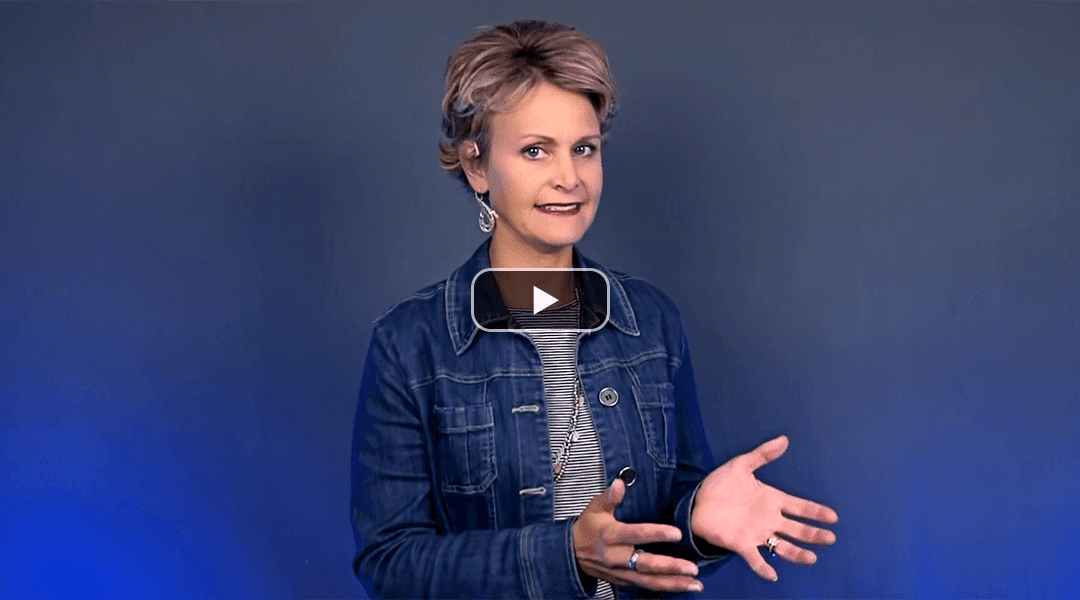
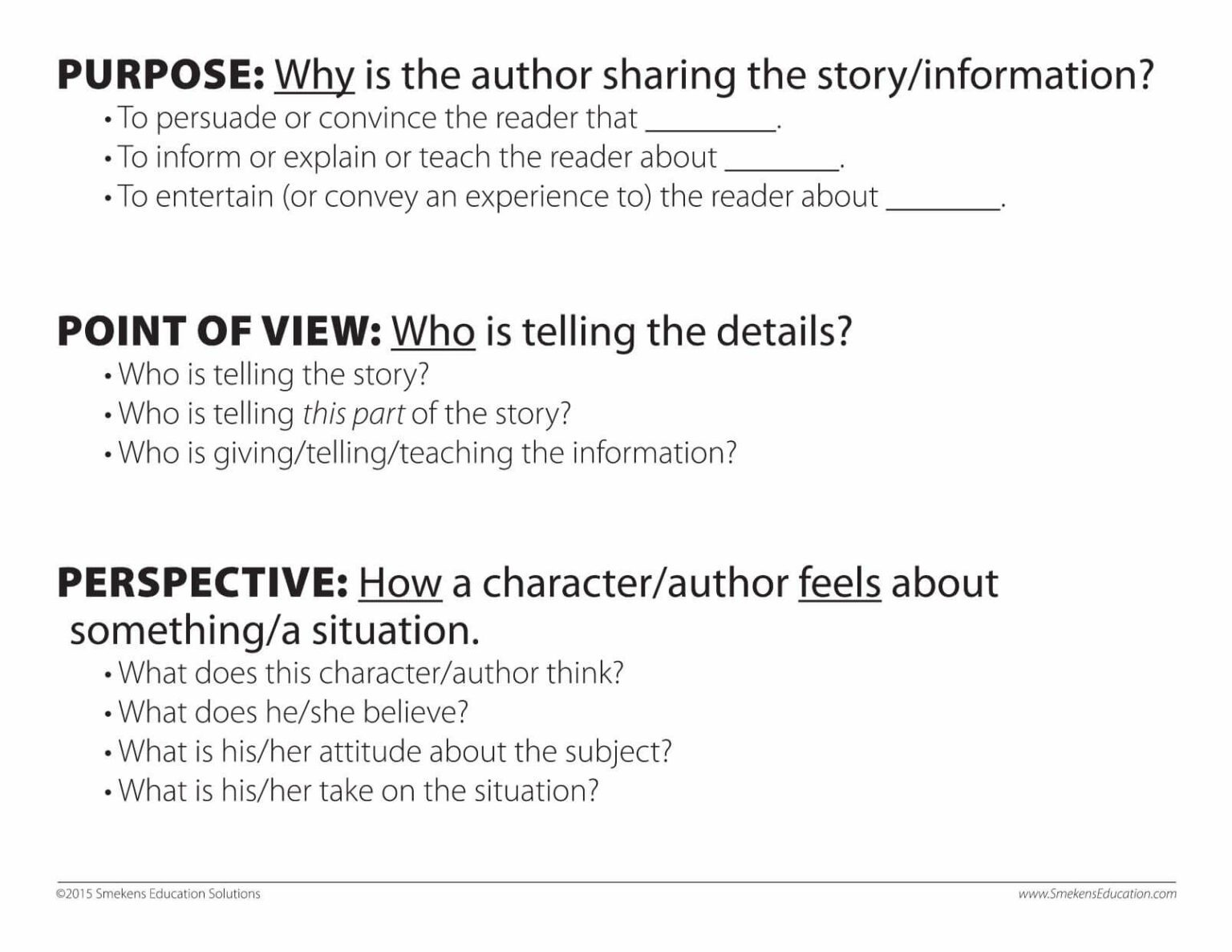
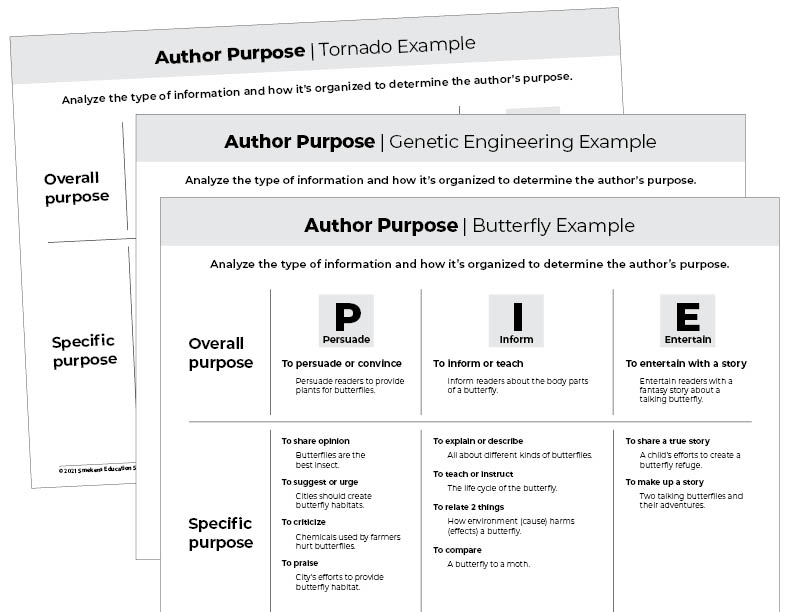
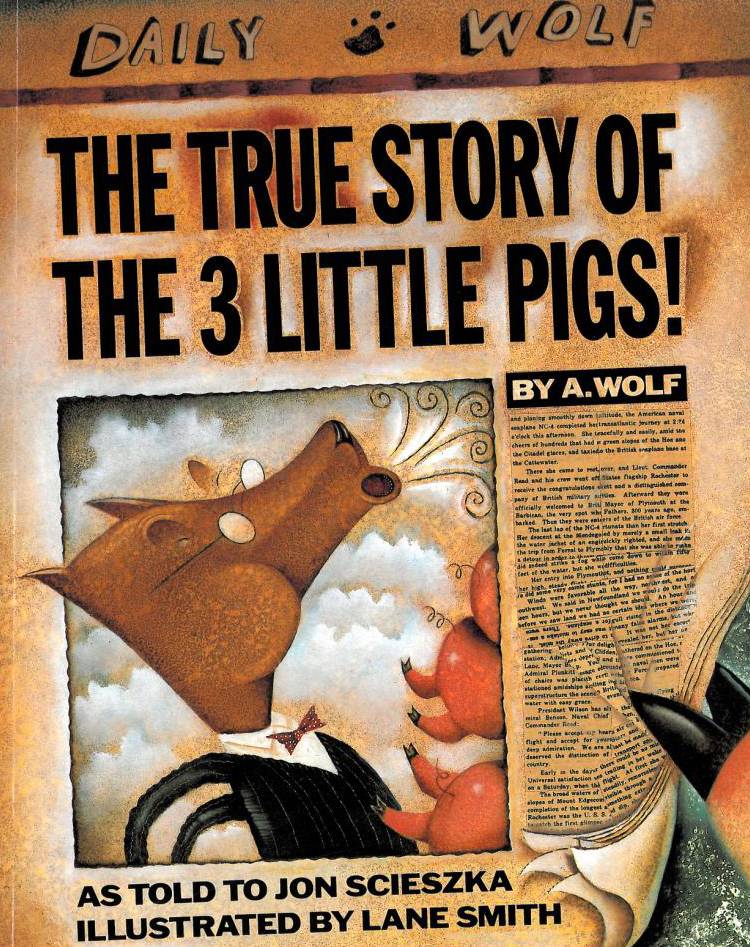
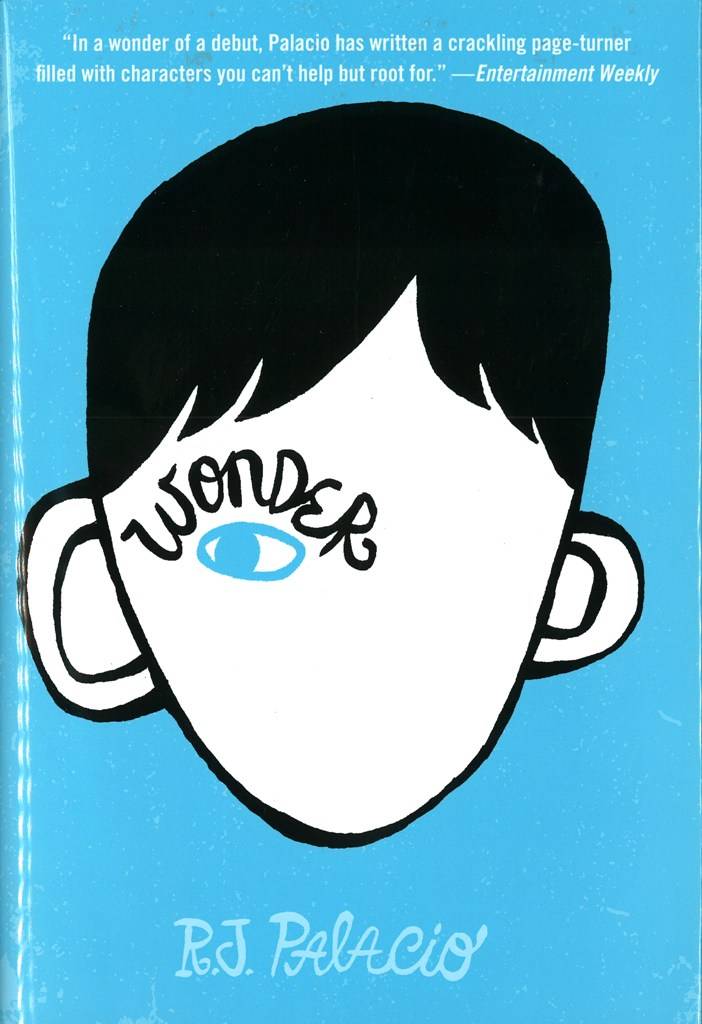
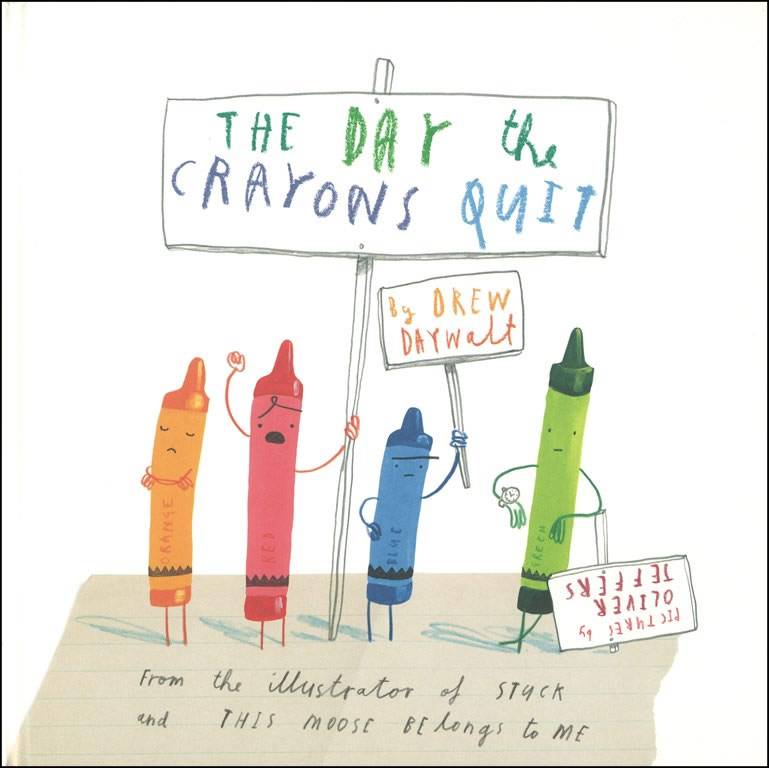
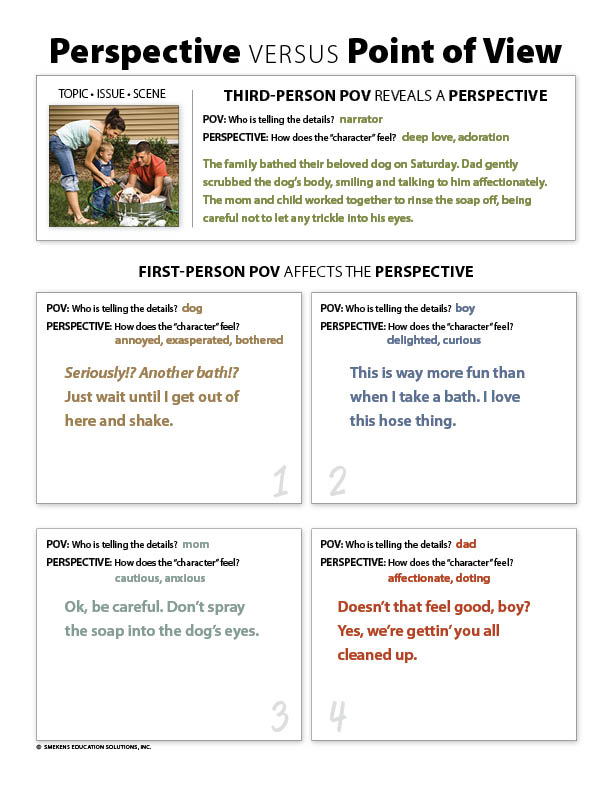
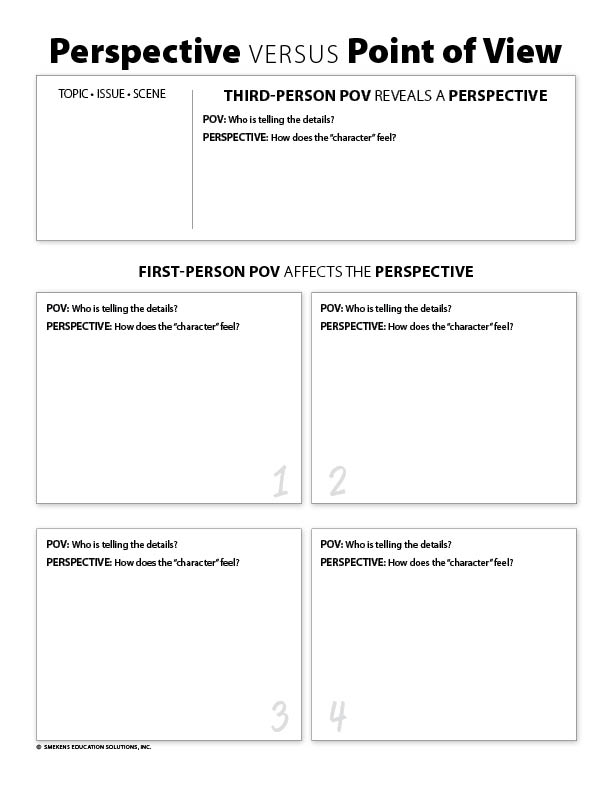
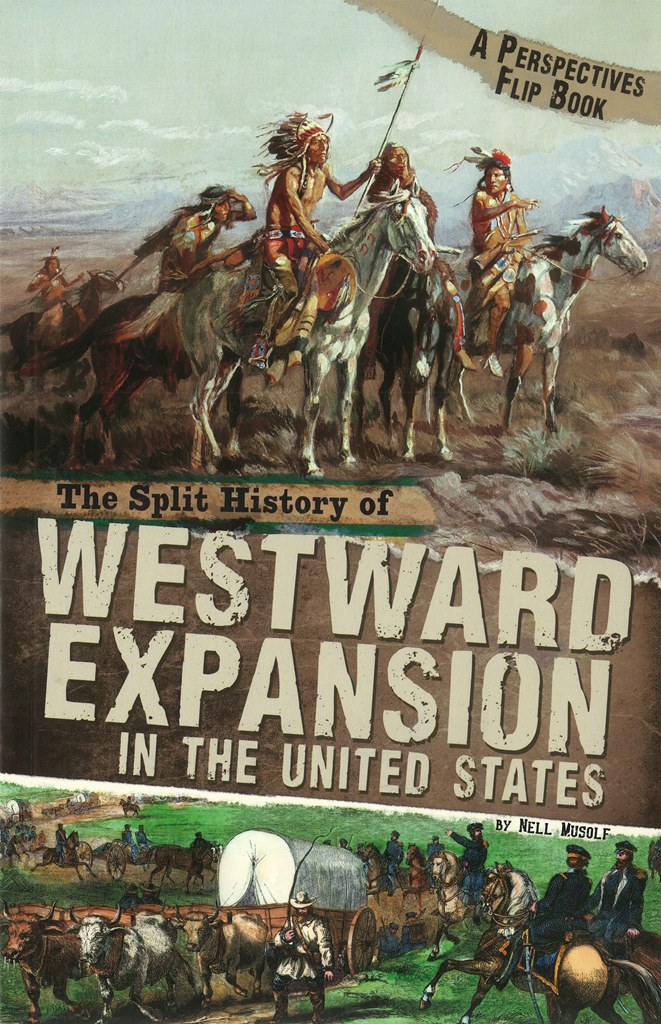
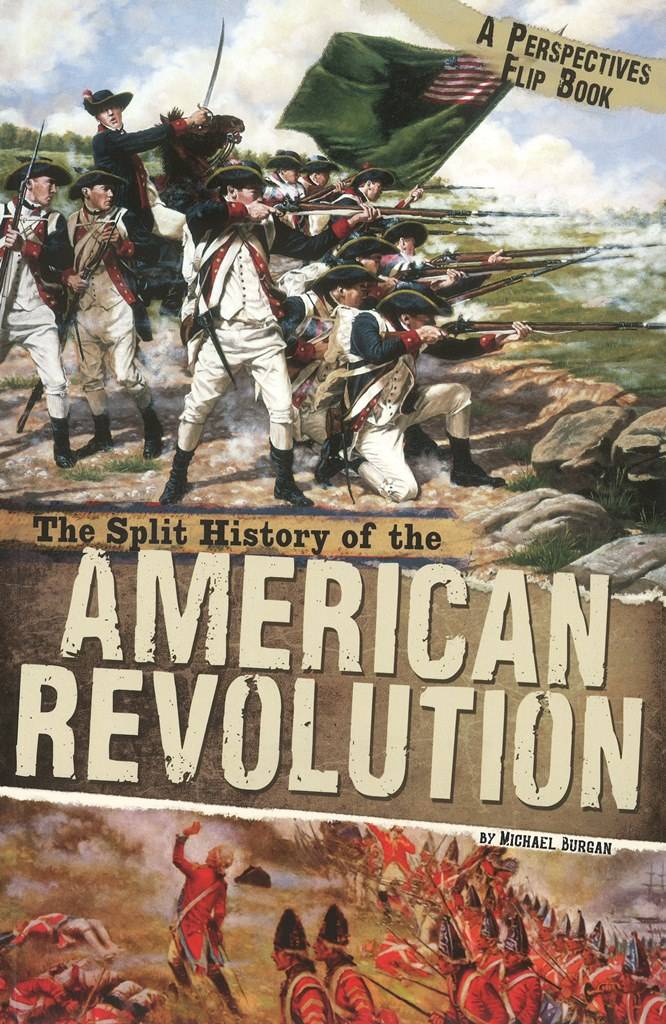
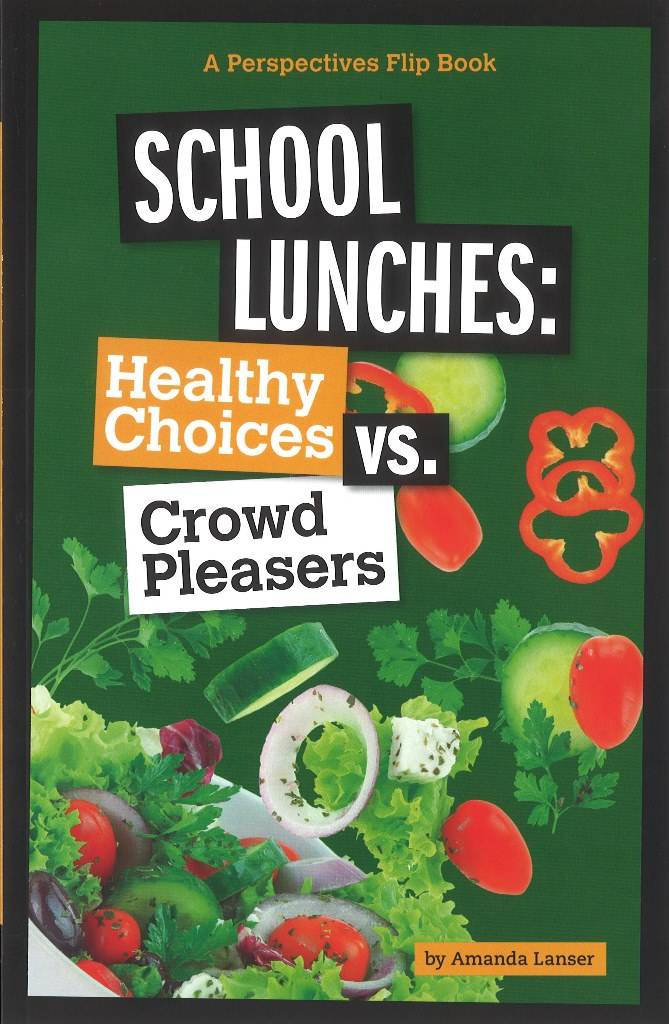
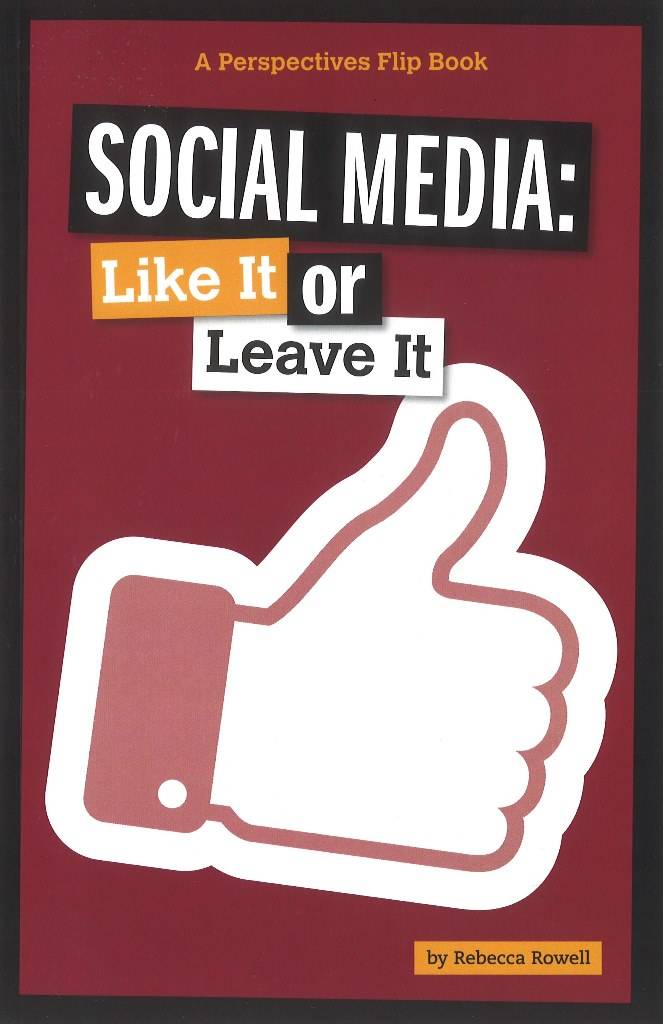
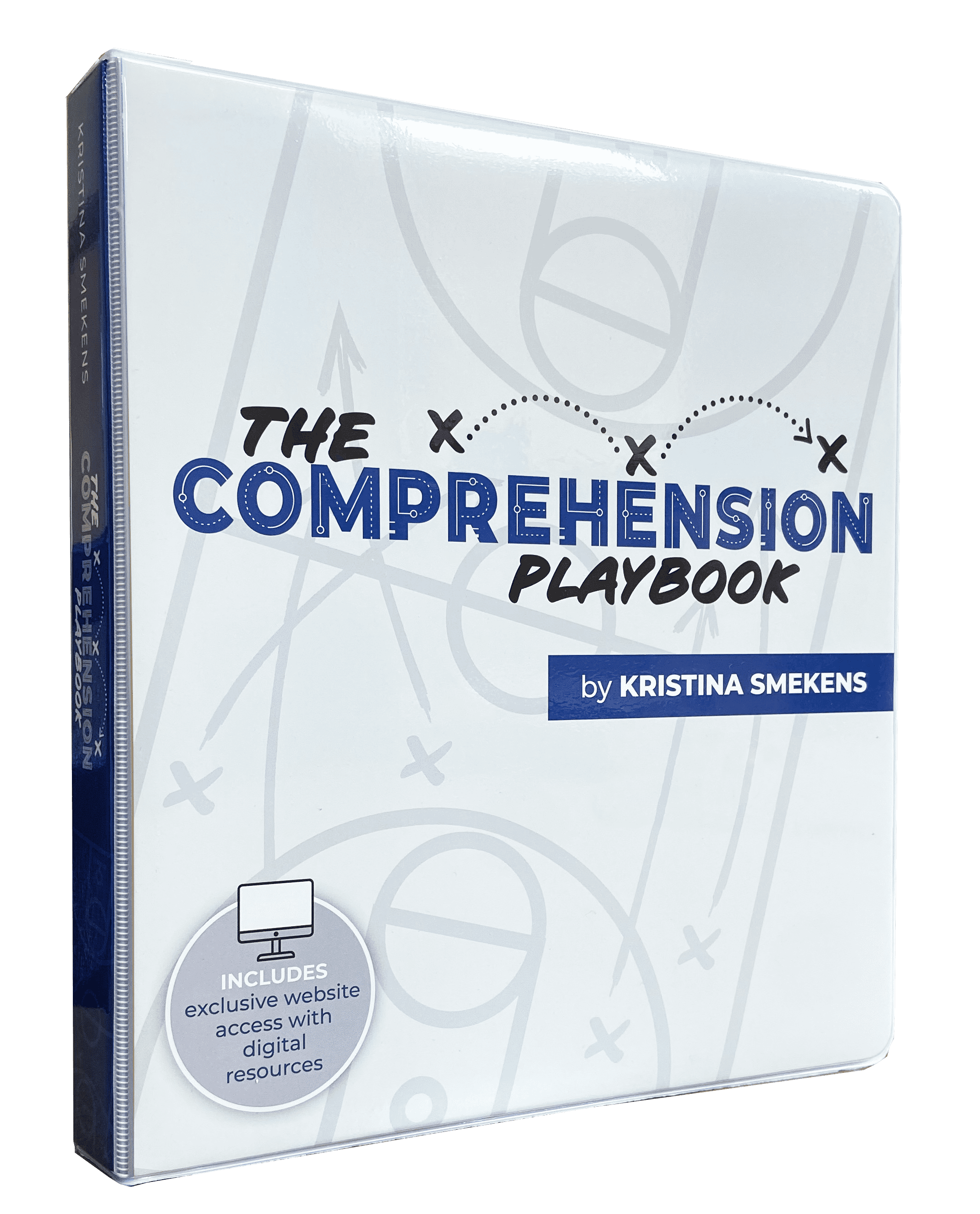

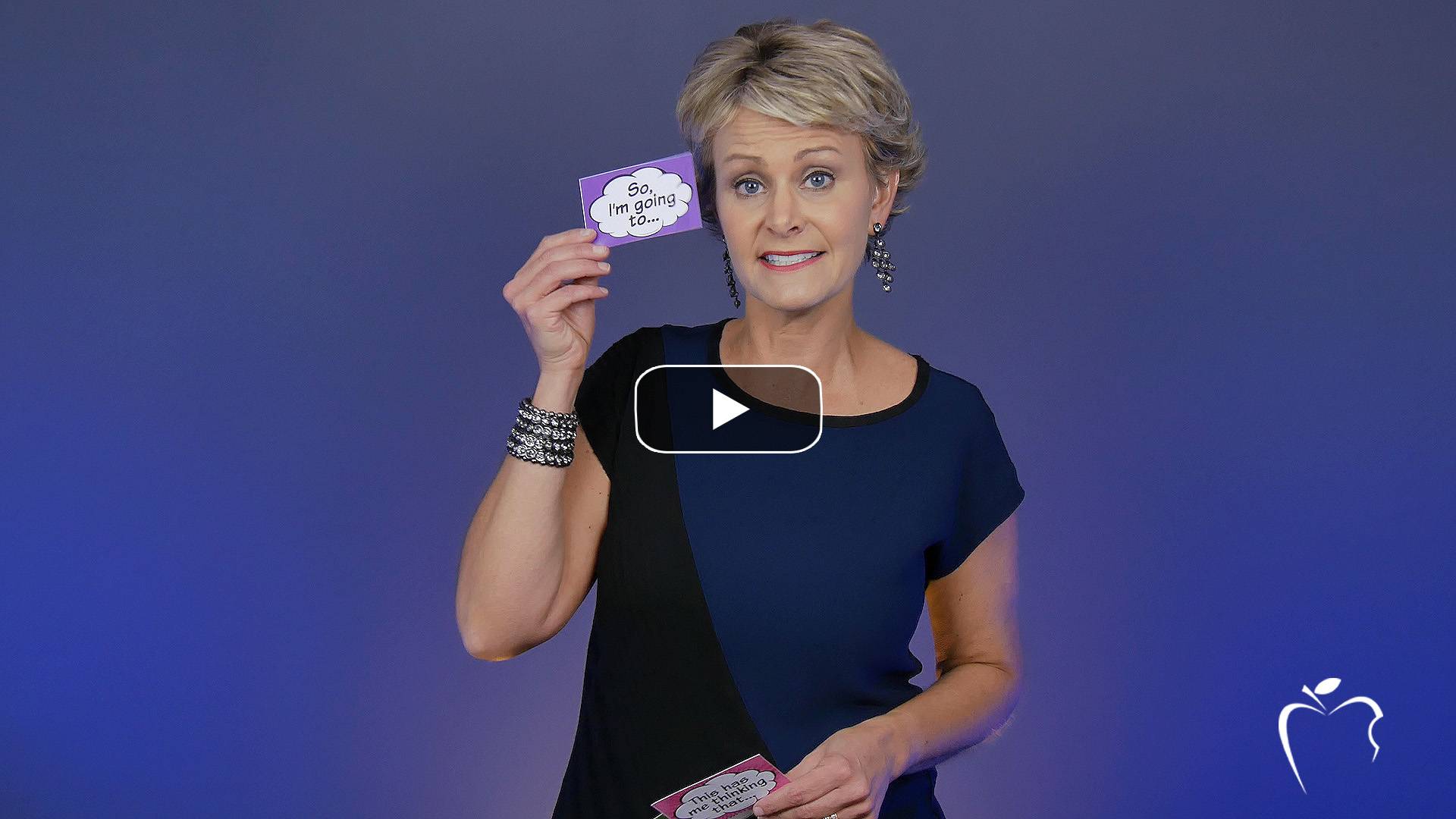
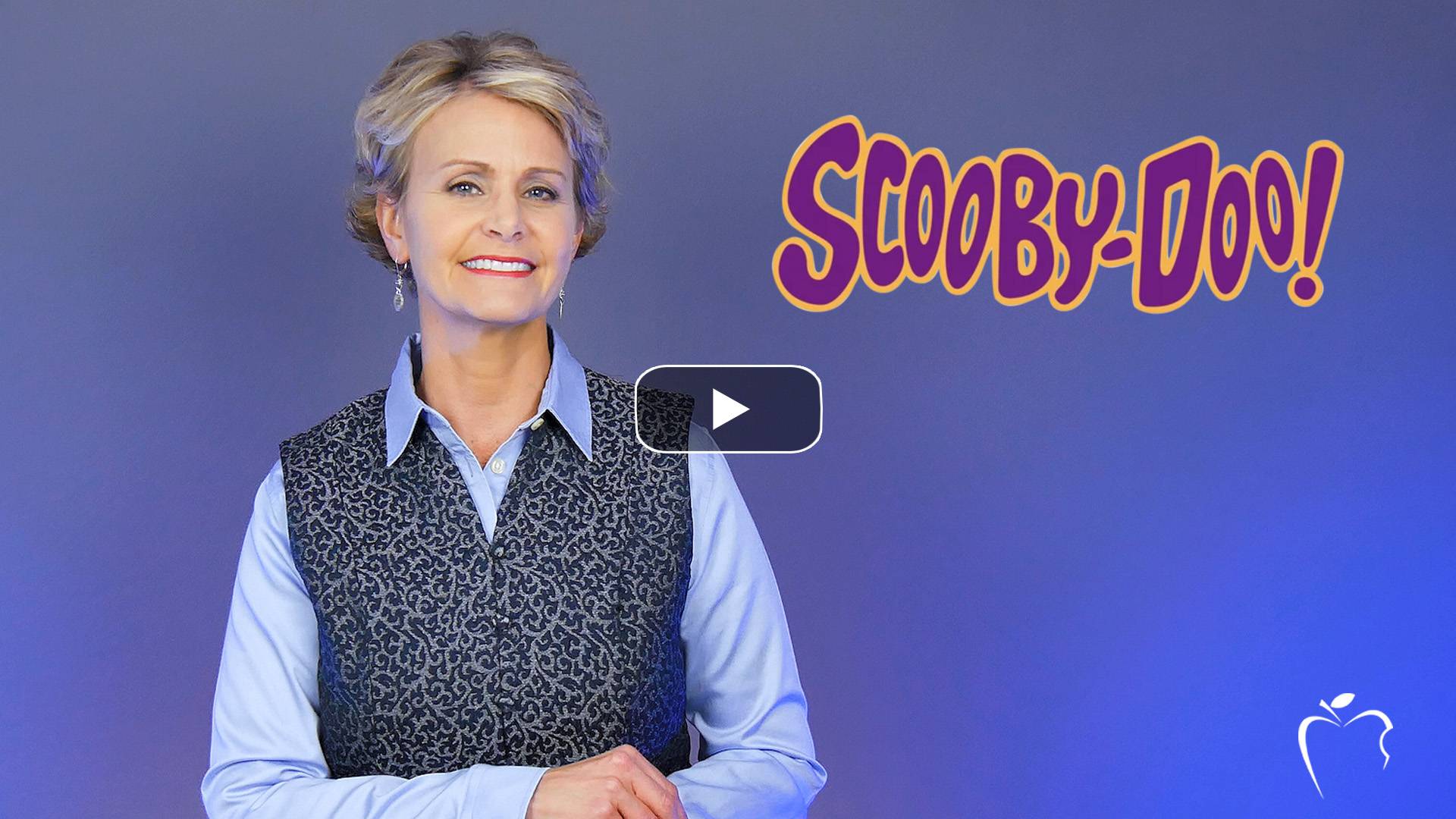
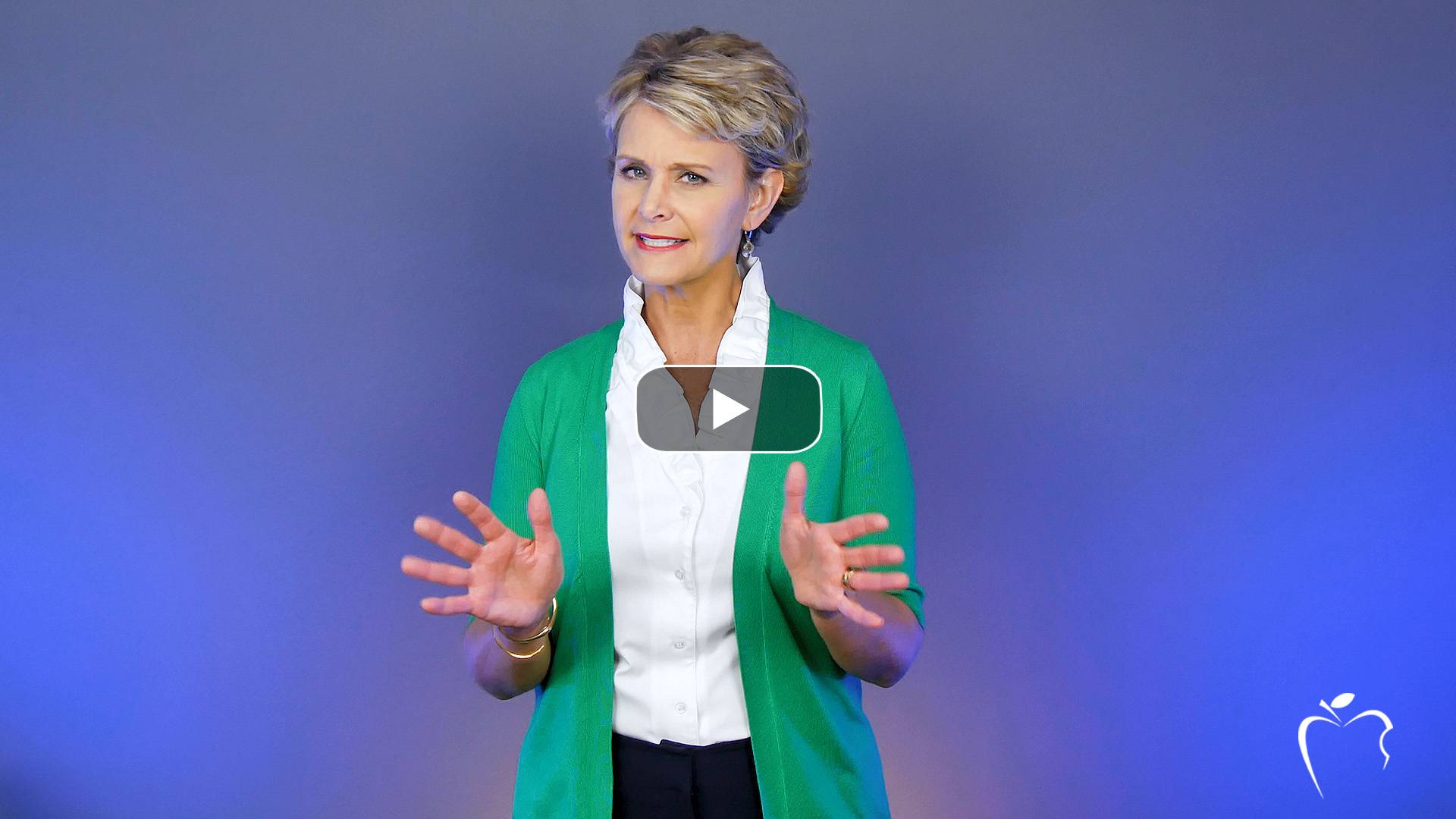
Awesome!
What a fantastic way of simplifying these concepts down, especially when these terms are often used so interchangeably! Thank you for sharing.